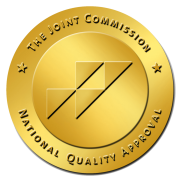Outpatient Treatment & Recovery Management: Longterm Support and Monitoring of SUD Recovery
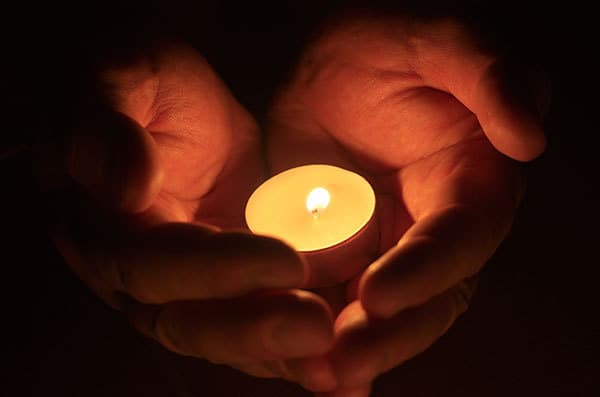
Addiction, otherwise known as “Substance Use Disorder” (SUD) is a relapsing, chronic disease which requires lifelong cognitive, behavioral, social and physiological change and maintenance. Outpatient treatment and “recovery management” are designed to prevent addiction related deterioration, morbidity, relapse, and death. Outpatient treatment and recovery management also provide solutions which guide addicted people toward resources designed to better meet their needs and away from inappropriate, costly, and restrictive levels of supervision such as residential institutions, hospitals, and jails.
Since the 1930’s it has been demonstrated that successful, lifelong recovery from the disease of addiction can be achieved by engaging in recovery promoting activity, social support and benevolent service. Attempts at providing professionally provided acute care medical and time-limited psycho-social interventions to this chronic disease as resulted in partial solutions and modest outcomes.
What appears to be missing in the current model of addiction treatment is long-term recovery follow-up and monitoring. Investments in thirty-day to nine-month courses of treatment in inpatient, residential or sober living settings are being lost when the patient returns home and/or over the course of time.
Cognitive and behavioral gains fail to generalize into normal life settings after discharge from a residential setting. Relapse often follows. In the absence of practicing recovery in real time, in real life, over time, recovery deteriorates. Recovery management aids to assess and supervise recover in the long-term.
The commercialization of addiction treatment and recovery has resulted in expensive services which result in occasionally good short-term outcomes. The motive for providing these services is too often fee-for-service profiteering. When the payor and payment for services is exhausted, there are no resource left for integrating clinical gains into real-life circumstances. Recovery management has been abandoned to “self-sustained” sobriety, sometimes with peer support.
“Shift by government and private sources from purchasing time, or session-limited units of service – to purchasing and integrated program of management and support for long-term recovery; shift in emphasis from treatment intensity (crisis stabilization) to treatment extensity (prolonged recovery maintenance).”(1)
Mutual support groups offer peer support on a voluntary basis. This has been an effective model for people who remain willing and open to recovery despite its challenges and demands for change. People who encounter periods of ambivalence, avoidance, defiance or other roadblocks benefit from professionally provided recovery management which is designed to anticipate and prevent incidents of recovery deterioration and relapse. Recovery management also offers professional contact, support and access to assistance regardless of the person’s level of willingness.
Outpatient treatment and recovery management differ from the “acute care model” in that a multitude of highly restrictive and costly resources is not required in the entry level of care, save medical detox in selective cases. Outpatient treatment and recovery management provides case management, coaching and support over the long-term, in the natural environment where the client resides.
The distractions, triggers and the wreckage from reckless drug/ alcohol influenced behavior must be encountered early in sobriety so that specific recovery skills are exercised in the context where they are needed. If a person new to recovery encounters these stimuli for the first time without the support and guidance of professionals and peers, relapse is likely.
Outpatient treatment and recovery management must be provided in “real time” during “real life”, to pursue “real life opportunities” and to cope with “real life events”.
“Treatment on an outpatient basis allows a more valid assessment of environmental, cognitive and emotional antecedents of drinking episodes and drinking urges on the part of the patient, and allows the patient to test new coping strategies while still within a supportive counseling relationship.
These conditions would be expected to foster greater generalization of learning in treatment to the patient’s natural environment” (2)
Learned ideas and behaviors are not applied in real life unless new skills are practiced and coached. (3) Studies reveal that didactic teaching provides participants no practical benefit. Didactic teaching which includes role-playing or in-class practice results in no lasting practical benefit. Only when teaching and practice are applied to real life situations followed by coaching and follow-up are behavioral improvements achieved. (4) (5)
Outpatient treatment of substance use disorders and recovery management allows for the practice and exercise of pro-recovery skills in the real world. Coaching and follow-up after real-world exercise allow for supportive, reinforcing and corrective steps toward strengthened recovery and guiding away from relapse towards greater resilience.
Patients develop the skills and self-confidence to cope with high-risk situations such as negative emotional states, interpersonal conflict, and social pressure to drink. The informal use of similar coping strategies may contribute to the success of 12-step self-help programs. (5)
References:
(1) White, W.L. & McLeallan, A.T. (2008) Addiction as a chronic disease: Key messages for clients, families and referral sources. Counselor, 9(3), 24-33.
(2) Annis, 1986, p. 183
(3) “Meta-analysis of Effects of Training and Coaching on Teacher’s Implementation in Classroom”, Joyce & Showers, 2002
(4) “Impact of Formal Continuing Medical Education- Do Conferences, Workshops, Rounds and Other Traditional Continuing Education Activities Change Physician behavior or Health Care Outcomes”, Dave Davis, MD, The Journal of the American Medical Association
(5) Kelly et. al. 2000
(6) “Evaluating Substance Abuse Treatment Process Models: I. Changes on Proximal Outcome Variables during 12-step and Cognitive Behavioral Treatment”, Finney, Moyes, Coutts, Moos, Journal of Studies on Alcohol, ‘98



 Without the transfer of recovery skills and support into the home, work and school environments, wreckage, triggers and interpersonal conflicts create a high probability of relapse and the loss of the recovery investment.
Without the transfer of recovery skills and support into the home, work and school environments, wreckage, triggers and interpersonal conflicts create a high probability of relapse and the loss of the recovery investment.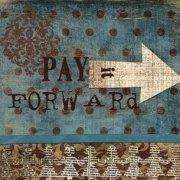
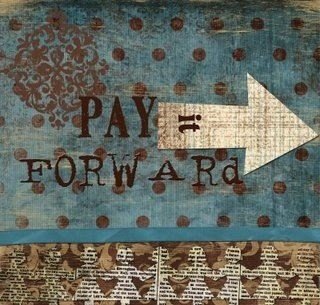


 Substance use/misuse and addiction represent a significant and substantial public health challenge. Data from the 2014 National Survey on Drug Use and Health (NSDUH) reveal that an estimated 27.0 million Americans aged 12 or older were currently illicit drug users (defined as using any of the following in the past 30 days: Marijuana/hashish, cocaine/crack, heroin, hallucinogens, inhalants, or non-medical use of prescription-type psychotherapeutics such as pain relievers, tranquilizers, stimulants, and sedatives) and 16.3 million were heavy drinkers (defined as drinking five or more drinks on the same occasion on five or more days in the past 30 days). Approximately 6.5 million people aged 12 and older reported currently using psychotherapeutics non-medically.
Substance use/misuse and addiction represent a significant and substantial public health challenge. Data from the 2014 National Survey on Drug Use and Health (NSDUH) reveal that an estimated 27.0 million Americans aged 12 or older were currently illicit drug users (defined as using any of the following in the past 30 days: Marijuana/hashish, cocaine/crack, heroin, hallucinogens, inhalants, or non-medical use of prescription-type psychotherapeutics such as pain relievers, tranquilizers, stimulants, and sedatives) and 16.3 million were heavy drinkers (defined as drinking five or more drinks on the same occasion on five or more days in the past 30 days). Approximately 6.5 million people aged 12 and older reported currently using psychotherapeutics non-medically.



 The popularity of the “Dark Web” for purchasing illegal drugs is especially worrisome because it is increasing the availability and acceptability of drugs, according to an addiction psychiatry expert.
The popularity of the “Dark Web” for purchasing illegal drugs is especially worrisome because it is increasing the availability and acceptability of drugs, according to an addiction psychiatry expert.
 Treatment working as well or better than residential treatment for alcohol and drug abuse and addiction:
Treatment working as well or better than residential treatment for alcohol and drug abuse and addiction:
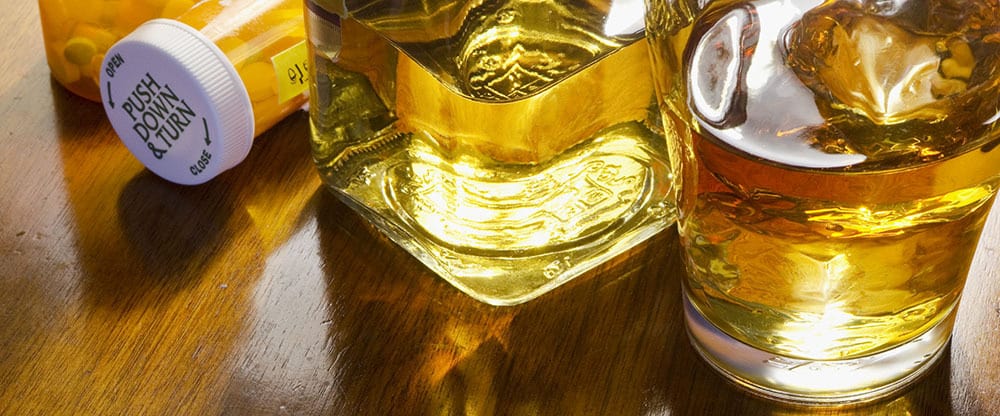 The words we use to describe alcoholism and drug addiction evolve with social, political and scientific change. Alcoholism and drug addiction have been the subject of huge social scorn and condemnation. People who cannot control their alcohol consumption and others who use other addictive drugs bring tragedy upon not only themselves, but also to their loved ones and society as a whole.
The words we use to describe alcoholism and drug addiction evolve with social, political and scientific change. Alcoholism and drug addiction have been the subject of huge social scorn and condemnation. People who cannot control their alcohol consumption and others who use other addictive drugs bring tragedy upon not only themselves, but also to their loved ones and society as a whole. 
 Working people and their families are often covered by affordable health care coverage offered through managed healthcare plans such as HMO’s (heath management organizations), EPO’s (exclusive provider organizations) and PPO’s (preferred provider organizations). The Affordable Care Act has resulted in healthcare exchanges such as “Covered California” where people can purchase affordable healthcare insurance which is priced according to their income.
Working people and their families are often covered by affordable health care coverage offered through managed healthcare plans such as HMO’s (heath management organizations), EPO’s (exclusive provider organizations) and PPO’s (preferred provider organizations). The Affordable Care Act has resulted in healthcare exchanges such as “Covered California” where people can purchase affordable healthcare insurance which is priced according to their income.